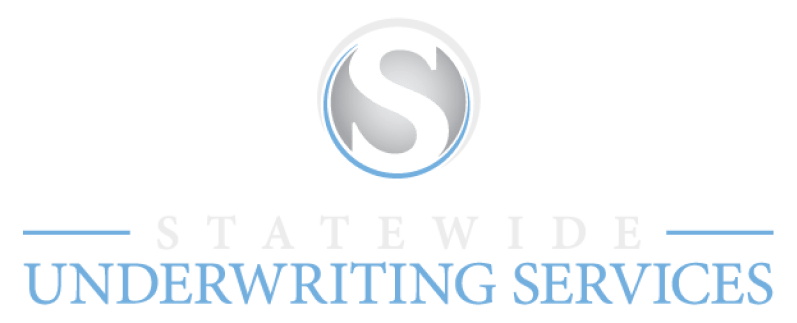
The Hard Market Cycle Change: A Primer On What It Is & What To Do About It
By Roy Denny, CRM, CIC, MBA, Director of Marketing, Statewide Underwriting Services
Timing is everything! In our industry, that statement certainly applies to insurance rates and the timing of the market cycles. In contemporary times, the soft market-hard market cycles for rates and coverage availability have been characterized by long periods of weak market pricing and widely accessible coverage availability followed by short periods of hard market pricing and tighter coverage availability.
Many factors and variables are driving the change in cycles. They include Available investment capital, investment returns, cash flow, claim losses- especially large CAT events, claim costs, underwriting standards, and most certainly reinsurance cost and availability.
When several of these factors begin to align together, they trigger a change in the cycle. Over the past several months, we have started to see the cycle change to a hard market for property and casualty business lines. Every insurance company is having negotiations with their reinsurers and pricing is increasing like many other
product insurances that are subject to supply and demand. The cost is then passed on to the retail consumer, our policyholder.
At Statewide Underwriting Services, we feel that pain too. Our history over the long term has always been to maintain stable pricing without roller-coaster ups and downs. It’s better to take a small percentage point of rate annually over the long term versus no rate increase for several years and a significant double-digit rate increase to make it up when necessary
The goal is always to balance rate adequacy while continuing to grow and retain quality business. Avoid disruption and keep your best customers!
We actively review our rates annually for every line of business. What can we do together to keep your best customers? The following are some things to consider to help navigate shifts in the market cycle:
- Review your customer’s insurance program. Above all,
check that their policies account for their business’s greatest
exposures. A thorough understanding of their coverage
ensures that you are not overlooking any exclusions. During a
hard market, it may be necessary to make adjustments to their
policies, but those adjustments should not be at the expense of
essential coverage. - Offer your risk management knowledge where possible.
Doing so makes your customer more attractive to insurers. You
can review existing maintenance and other procedures. Offer
suggestions on ways to secure favorable quotes too. - Know their loss history. In a hard market, underwriters will
be especially critical when reviewing losses. Be prepared to
explain the factors contributing to a specific loss and the steps
to mitigate future losses. - Urge customers to plan and budget wisely. In some cases,
premium increases are unavoidable. Businesses should budget
accordingly and take insurance costs into account alongside
their other expenses. - Work with your underwriter. During a hard insurance
market, it’s vital to have an open discussion with your
underwriter. Your underwriter wants to retain good business
too. Strong carrier relationships and knowledge of your
customer helps. - Communicate with your customer early to determine
how the hard market will affect their business. Starting
the renewal process early on can give you more time to secure
the best coverage at the best price for your customer.
Agents and Underwriters who proactively address risk, control losses, and manage exposures will better prepare for a hard
market. At Statewide Underwriting Services, we pledge to work with you to write and retain quality business.








